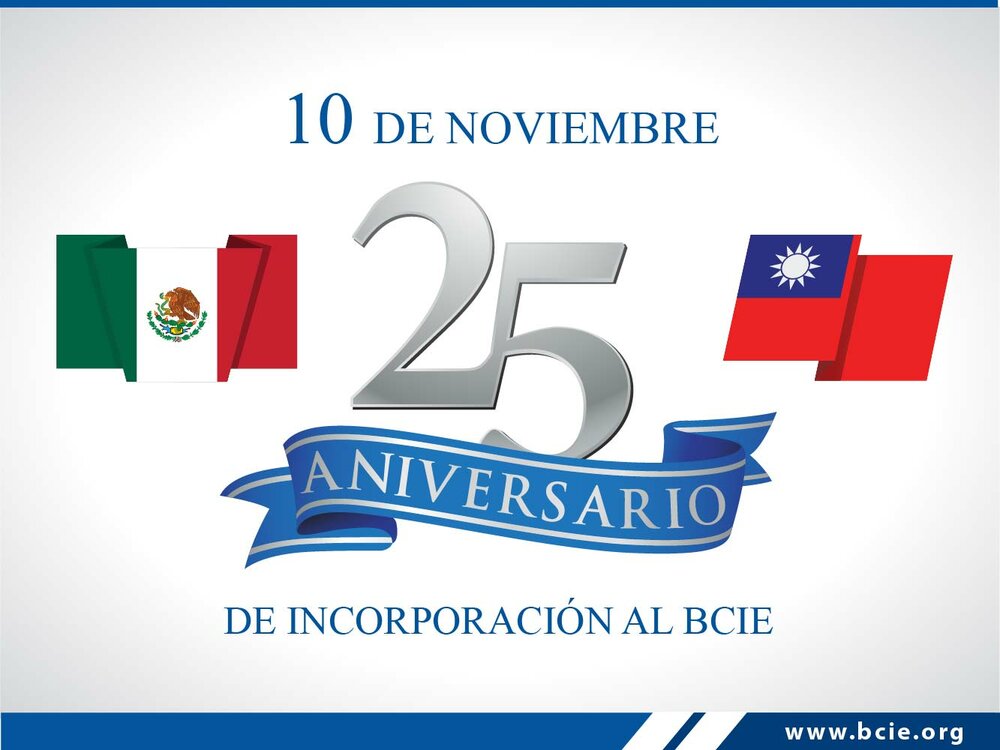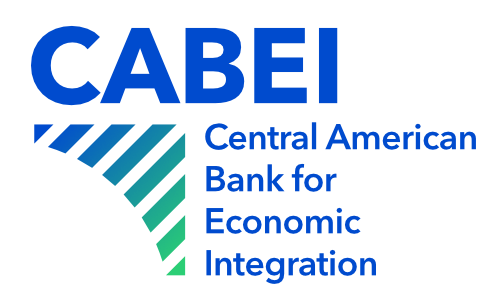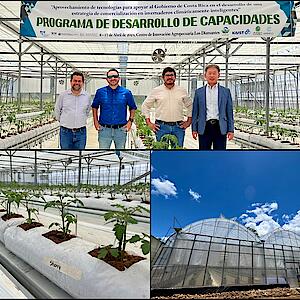Mexico and the Republic of China (Taiwan) celebrate 25 years as CABEI member countries

The incorporation of these non-regional members has fostered CABEI’s strengthening, the region’s economic and social development and the wellbeing of Central Americans.
Tegucigalpa, November 10, 2017. - The Central American Bank for Economic Integration (CABEI) promotes the region’s integration and balanced economic and social development. Likewise by means of support from its member countries, it has become the main provider of resources to the region.
CABEI’s first non-regional members
CABEI was founded in 1959 by Guatemala, El Salvador, Honduras, Nicaragua and Costa Rica; however, as of 1989, the CABEI Board of Governors approved an amendment to the Bank's Constitutive Agreement in order to include non-regional countries as CABEI members.
Thus, three years later in 1992, the United States of Mexico and the Republic of China (Taiwan) became the first non-regional members to join CABEI with the aim of contributing to the Bank's institutional purpose of promoting economic integration and the balanced economic and social development of the Central American region.
Mexico has identified the Bank as a strategic ally to be integrated into common development initiatives for the region, promoting through CABEI programs and projects focused on infrastructure, housing, technical assistance and commercial exchange.
CABEI has more than two decades of uninterrupted presence in the Mexican securities market, in which an equivalent of US$1.62 billion has been issued with terms ranging from 2 to 12 years.
In 1992 the Republic of China (Taiwan) was incorporated as a non-regional member, an action that allowed CABEI to issue and place bonds for the first time in an international market. Since its debut in 1997 to date, CABEI has made fifteen issues in the Taiwanese capital market, managing to place an amount equivalent to US$1.58 billion with terms ranging from 2 years to 30 years.
Cooperation efforts from the Republic of China (Taiwan) to the Central American region through CABEI have been mainly focused on areas such as food security, agricultural sector, education, MSME financing and integrating joint efforts with the International Cooperation and Development Fund (TaiwanICDF).
Twenty-five years have passed since the incorporation of the first non-regional countries into CABEI. During that time, significant achievements and services have been made in favor of the Central American region. Thanks to the support of these two member countries, CABEI works towards economic growth, MSME innovation, housing, infrastructure and competitiveness.




